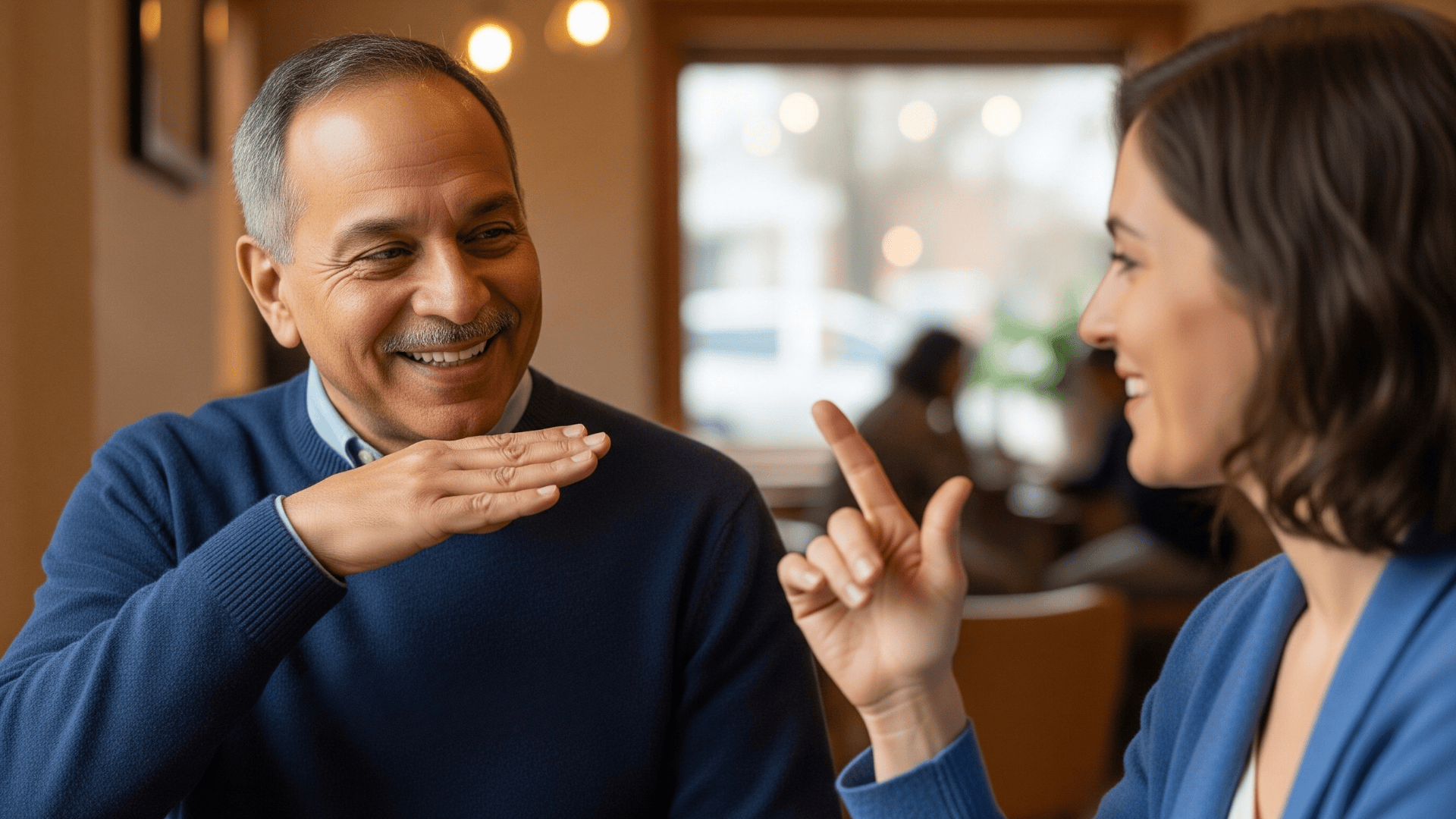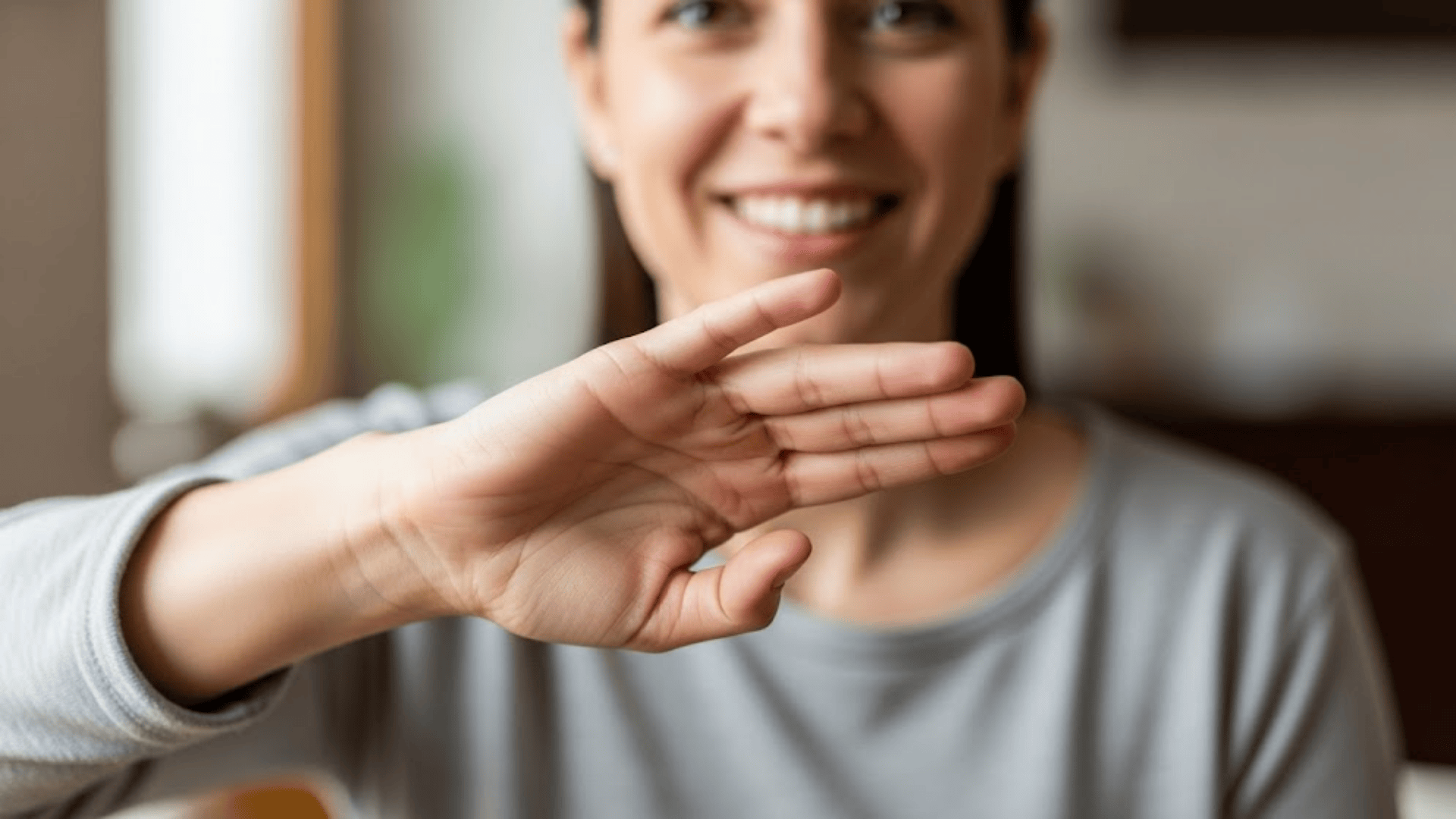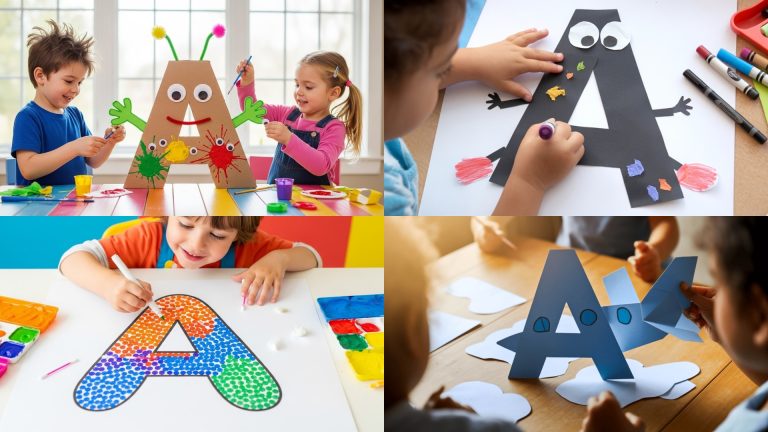Thank You in ASL: Signs, Variations, and Common Mix-ups

Gratitude forms the foundation of polite communication across all languages and cultures, creating connections between people through appreciation and respect.
In American Sign Language, expressing thanks and understanding responses like “you’re welcome” in ASL goes beyond simple hand movements to include facial expressions and cultural understanding that demonstrate genuine appreciation.
Learning proper techniques for signing gratitude becomes essential for anyone wanting to communicate respectfully with Deaf community members.
Understanding how to sign “thank you” correctly opens doors to meaningful interactions and shows respect for ASL as a complete language system.
How to Sign “Thank You” in ASL
The basic “thank you” sign uses simple movements that anyone can learn with practice. This gesture resembles blowing a kiss, but with more respectful intention and less exaggerated motion.
Facial expressions play a crucial role in conveying sincerity, so a genuine smile and appropriate eye contact communicate the emotional meaning behind the sign.
Step-by-step instructions:
|
Variations of “Thank You” in ASL
Different situations call for varying levels of gratitude expression through modified signing techniques.
Using both hands simultaneously creates emphasis for deeper appreciation or when thanking larger groups. This two-handed version shows respect for significant favors or formal occasions.
Repeating the thank you sign multiple times conveys “very grateful” or “thank you very much” without requiring additional vocabulary.
The repetition naturally intensifies the meaning while maintaining the same basic hand movement pattern.
Some signers prefer slightly larger movements for emphasis, while others use more subtle gestures in casual settings. Observing native signers helps learners understand these natural variations.
Once you have learnt how to convey your gratitude in ASL, you can also decide to learn other simple ASL signs to show affection.
Common Mix-Ups and Mistakes

Learning ASL involves making mistakes that help improve technique and cultural understanding over time. Recognizing these common errors helps beginners avoid confusion and develop more accurate signing skills.
| Common Mistake | What Happens | Correct Technique |
|---|---|---|
| Confusing with the “good” sign | Similar hand position, but wrong direction | Move away from the body toward the recipient |
| Wrong hand or handshape | Sign becomes unclear to native signers | Use your dominant hand with a flat palm |
| Poor direction | Movement stays too close to the signer | Direct motion outward toward the person |
| Missing facial expressions | Sign appears insincere or robotic | Include a genuine smile and eye contact |
| Inappropriate context | Using as filler without genuine intent | Reserve for genuine gratitude moments |
Understanding these mistakes helps learners develop more natural and culturally appropriate signing techniques.
Expected Replies to “Thank You” in ASL
ASL responses to gratitude differ significantly from English “you’re welcome” patterns in interesting cultural ways.
Common replies include signs for “no problem,” “it’s fine,” or “all good” rather than direct translations of English phrases.
A simple thumbs up or casual wave often serves as an appropriate response, especially in informal situations among friends.
These gestures communicate that helping was no trouble without requiring complex vocabulary or formal responses.
The literal ASL sign for “welcome” typically refers to welcoming someone to a place rather than responding to thanks.
Using this sign incorrectly can confuse native signers who expect more natural conversational patterns in their language.
Observing these preferences shows respect for ASL as an independent language with its own social conventions.
Tips for Learning and Using “Thank You” in ASL
These practical tips help beginners develop natural signing rhythm while building confidence in real conversations.
- Practice with partners: Work with friends or learning groups to get feedback on hand movements, facial expressions, and overall presentation.
- Watch fluent signers: Observe educational videos and native signers to see how gratitude fits naturally into longer conversations and social interactions.
- Record yourself practicing: Review your own signing sessions to identify areas for improvement in technique, timing, and facial expressions.
- Combine with other phrases: Practice “thank you very much” through repetition or “thanks a lot” through increased emphasis and emotional expression.
- Use consistently in daily life: Apply ASL gratitude in real situations to build good habits while showing respect for the language and culture.
Regular practice with cultural sensitivity transforms simple hand movements into powerful tools for building meaningful relationships.
Conclusion
Expressing gratitude properly in ASL requires understanding both the physical movements and cultural context that make communication meaningful and respectful.
The basic sign, combined with appropriate facial expressions and cultural awareness, creates genuine connections with Deaf community members.
Common mistakes become learning opportunities when approached with patience and dedication to improvement.
Regular practice and cultural sensitivity turn simple hand movements into powerful tools for building relationships across language differences.
Share your experiences with learning ASL gratitude expressions and any challenges you’ve encountered in the comments below!






